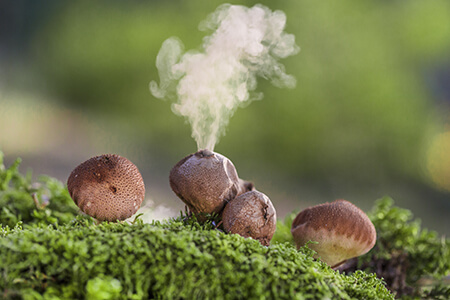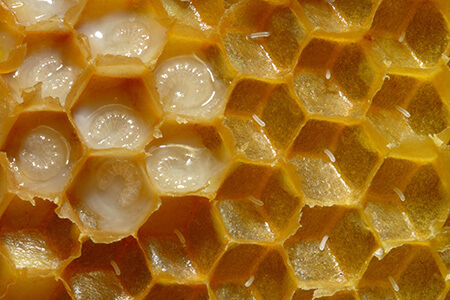This is a lesson summary. The full lesson can be viewed by purchasing an online course subscription.
Learning Objective
In this lesson we will learn about the two main ways organisms reproduce – asexual reproduction and sexual reproduction.
Learning Outcomes
By the end of this lesson you will be able to:
- Define asexual reproduction and sexual reproduction and compare the genetic composition of offspring.
- Describe how sexual reproduction involves gametes and fertilisation.
- Compare organisms that reproduce asexually with those that reproduce sexually.
- Describe the human life cycle.

(Image: Ivan, Adobe Stock)
Lesson Summary
- Reproduction can be asexual or sexual.
- Asexual reproduction involves a single parent.
- Sexual reproduction involves two parents – a male and a female.
- Asexual reproduction does not involve gametes.
- Sexual reproduction involves the fusion of male and female gametes.
- Asexual reproduction involves mitosis.
- Sexual reproduction involves meiosis and mitosis.
- Asexual reproduction results in genetically identical offspring.
- Sexual reproduction results in genetically unique offspring.
- The fusion of male and female gametes during sexual reproduction is called fertilisation.
- Fertilisation results in the formation of a zygote, which develops into an embryo and then a separate individual.
- The male reproductive tissues in humans are the testes, which produce sperm cells.
- The female reproductive tissues in humans are the ovaries, which produce egg cells.
- The production of sperm cells and egg cells by meiosis represents the haploid stage of the human life cycle.
- The production of body cells by mitosis represents the diploid stage of the human life cycle.

Honeybees reproduce by a combination of sexual reproduction and a type of asexual reproduction called parthenogenesis.
(Image: Waugsberg, Wikimedia Commons)
(Header image: mirkograul, Adobe Stock)
